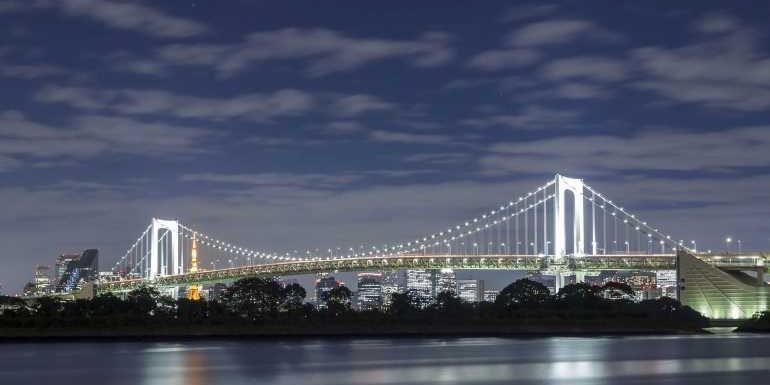
TOKYO (AP) — Japan’s government announced Tuesday it will begin allowing small package tours from four countries later this month before gradually opening up to foreign tourism for the first time since it imposed tight border restrictions due to the coronavirus pandemic.
Transport Minister Tetsuo Saito said the tours will be allowed from Australia, Singapore, Thailand and the U.S. as an experiment.
Participants must be triple-vaccinated and the tours must have guides and fixed itineraries, the Japan Tourism Agency said. Each tour can have a maximum of four people, and a total of 50 participants are expected to join the experiment, the government agency said.
Participants will enter Japan on a special visa, not a tourist visa, the agency said. The results will be used to compile coronavirus guidelines for tour operators, hotels and other related businesses, it said.
The experiment is expected to start sometime next week and continue until the end of May. Further details, including the duration and destination of the tours, still have to be decided, the agency said.
Japan’s tourism industry, hit hard by the strict border controls, is eager for foreign tourism to resume. Covid-19 infections have slowed in Japan since earlier this year and the government is gradually expanding social and economic activity.
After facing criticism that its strict border controls were xenophobic, Japan began easing restrictions earlier this year and currently allows entry of up to 10,000 people from abroad per day, including Japanese nationals, foreign students and some business travelers. The government is reportedly considering doubling the daily cap to 20,000 in coming weeks. Currently, foreign tourists are not allowed to enter.
Prime Minister Fumio Kishida said in a speech during a visit to London earlier this month that he plans to ease the border controls as early as June in line with the policies of other Group of Seven industrialized countries, but gave no further details.
Foreign tourist arrivals fell more than 90% in 2020 from a record 31.9 million the year before, almost wiping out the pre-pandemic inbound tourism market of more than $31 billion.
Source: Read Full Article









